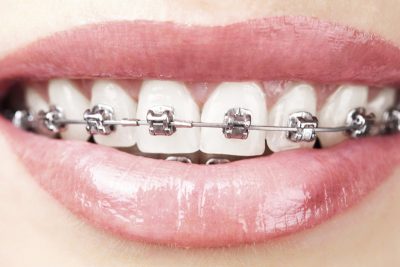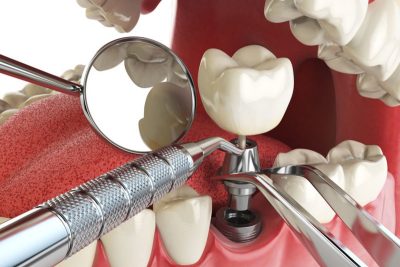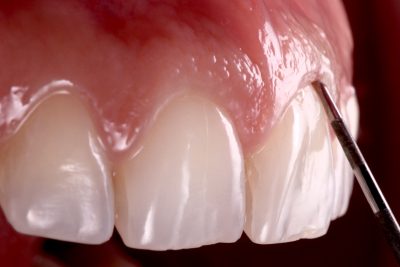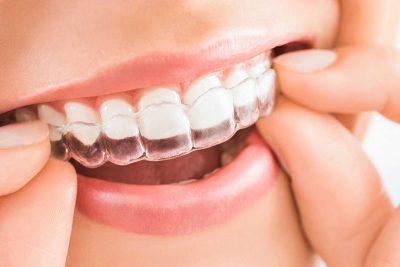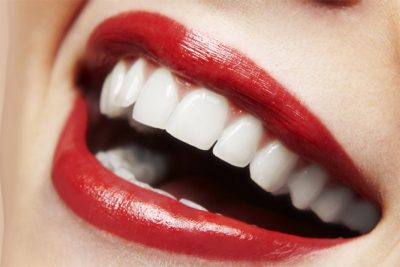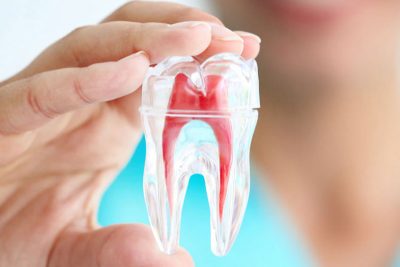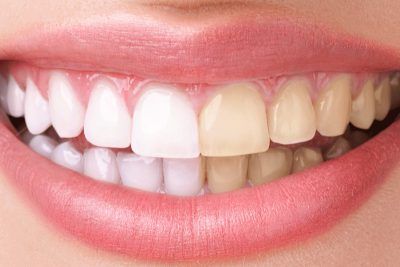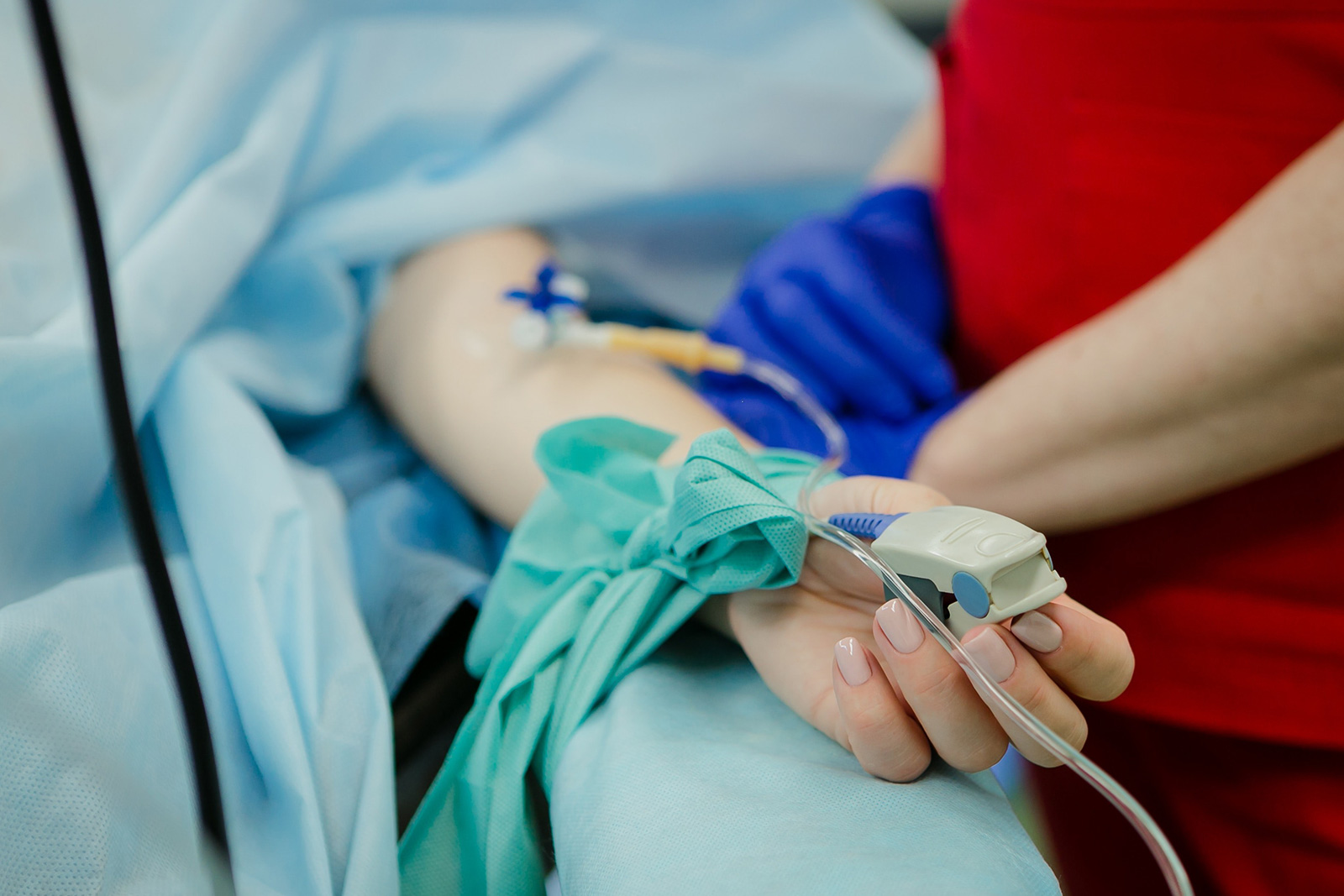Home » Treatments » Conscious Sedation
Conscious Sedation
Greater comfort in your dental treatment
On March 2, 2020, ORTOPÓVOA established an exclusive partnership with SedaCare – Sedation in Dentistry.
With the use of high-fidelity equipment for continuous intravenous infusion of drugs and with permanent monitoring of vital signs, SedaCare is thus able, through its team of anaesthetists doctors and experienced nurses, to induce a degree of sedation that can range from light to moderate, commonly known as “conscious sedation”, depending on the dentist’s need and the patient’s comfort.
Also taking advantage of the sedative effects of the drugs, the vast majority of patients do not have any recall of the procedure, which, in the case of traumatized patients, also ends up helping them to overcome their fears and phobias so that, in the future, it is not necessary to resort to sedation for new treatments.
Whether by necessity or mere comfort, conscious sedation is often the solution sought to provide treatment to our patients. Aware of this fact, ORTOPÓVOA wanted to provide its patients with this technology of clinical comfort.

"Conscious sedation is a technique with perfect safety conditions, which reduces fear, anxiety and even the vomit reflex that many patients experience during dental appointments".
What is Conscious Sedation?
Conscious sedation is a degree of sedation in which the patient is asleep, maintaining only some of the most elementary reflexes, such as spontaneous breathing and the cough reflex.
This sedation can be induced in several ways and can be applied to both adults and children.
For the induction of conscious sedation, SedaCare uses drugs from the most renowned national and international laboratories, in order to guarantee the best possible quality and safety to its patients.
The induction of the sedative drug is controlled by specialized equipment, as well as the vital signs are permanently monitored by SedaCare professionals through a high-fidelity defibrillator monitor.
Throughout the procedure, patients will be able to oscillate between a deep sleep or a light sleep, depending on the patient’s comfort and the patient’s need for collaboration by the dentist.
This type of sedation is a safe technique, when practiced by specialized teams such as SedaCare, reducing fear, anxiety and even the vomiting reflex presented by several patients during dentistry consultations.
This technique is widely used in other areas of medicine, such as gastroenterology to perform colonoscopies with sedation, being only different in duration.
Who can benefit from conscious sedation?
Anyone can enjoy the benefits of conscious sedation, from children to adults, whether because of fear or phobia of dental treatment, that is, simply because they do not want to go through the discomfort of a long-term dental procedure.
For many people, the mere fact of having to sit and stand in a dentist’s chair for several hours can be discomforting and stressful. For these patients, conscious sedation will transform all that discomfort into a peaceful and restful sleep.
There are still some people whose simple expectation of experiencing a dental procedure (and the associated pain) is a trigger for anxiety. This expectation and stress can interfere or even prevent the needed dental treatments. These are the people who benefit the most from the possibility of conscious sedation that ORTOPÓVOA now offers, as these people will be able to take advantage of the dental treatments they need so much and which are deprived by their fears and phobias.
Finally, children who find it difficult to collaborate during treatments, either because they simply have to be quiet for long periods of time, or because of the fear instilled by the sounds produced by the equipment, will also be especially benefited by this new technique.
In the case of children, there is no defined minimum age for conscious sedation, but several criteria such as age, weight and height will be assessed individually.
Is it a safe method?
Yes, when performed by specialized professionals.
For this reason, SedaCare always has an anesthesiologist and a nurse with extensive experience in this type of procedures in its team, who are always accompanied by all the necessary equipment for the correct and safe performance of the technique, as well as all the materials and drugs necessary to an emergency situation.
Only then can it be said that it is a safe procedure.
What are the limitations of conscious sedation?
Some people with underlying pathology may be prevented from performing conscious sedation.
For this reason, all patients must answer a pre-anesthetic questionnaire, which is evaluated and validated by the anesthetist assigned to the procedure.
In rare cases, people with cardiac pathology, thyroid pathology (or others) may have to carry out some additional tests.
How can I benefit from a dental treatment with conscious sedation in Ortopóvoa?
By the time of the appointment that informs about the oral rehabilitation treatment and budget, the patient can ask for information about the possibility of using this procedure during his or her dental treatment.
What are the main features of conscious sedation?
Rapid effect
The performance of drugs can vary slightly from person to person, and, as a general rule, the effect of drugs begins to be felt after 2 to 3 minutes after their administration.
Safe and Controllable
The anesthesiologist and nurse present in the procedure with the proper equipment, control the drug dosage in order to find the perfect balance between the desired effect and the patient's safety.
Rapid recovery
Recovery from this type of sedation can vary from person to person, and the patient is usually considered to be fully awake about 30 minutes after finishing treatment. However, in some cases, recovery may take a little longer, depending on several factors such as the duration of the procedure, the age of the patient or the drugs used, so it is advisable that, right after treatment, the patient should avoid working, conduct or perform other potentially dangerous tasks.
It has few side effects
Some people remain drowsy for a few hours, and there may be a need for monitoring in the hours following the procedure.
Simpler than general anesthesia
It is an easy, safe and low risk procedure for the patient.

